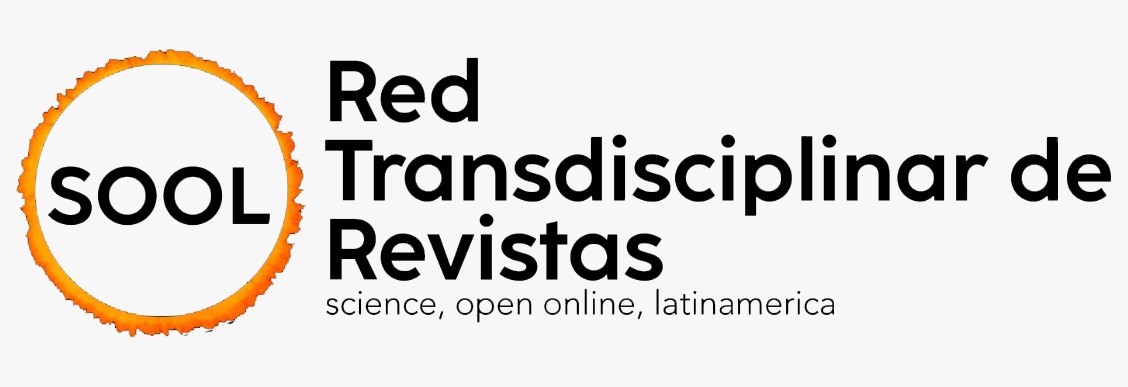Impact of in-person classes on learning English
Palabras clave:
in-person, virtual, hybrid modality, English learningResumen
Introdution: This research presents the main results obtained, in relation to the objective of examining the impact of in-person on the English language learning. Materials and methods: The methodology used has a descriptive design with a mixed approach (qualitative and quantitative), the data obtained from the surveys carried out with students of the Pedagogy of National and Foreign Languages degree at the Universidad Laica Eloy Alfaro de Manabí, Chone extension were processed. using the IBM SPSS system, on the other hand, teachers from the same university institution were also interviewed. Results and discussion: From the information obtained from the study, it was determined that students prefer the in-person modality; however, another significant percentage of respondents answered that they opt for the flexibility of choosing between both methods depending on the circumstances. Conclusions: Likewise, the teachers interviewed showed a preference for face-to-face teaching because they perceived a lower level of interest on the part of students during virtual classes. Based on these results, it is suggested that the hybrid learning modality be strengthened as an alternative that favors to all language major students.
Citas
Agüero, KGG, and Rodríguez, KYA (2023). Analysis of the conditions of access and use of ICT and TAC resources in remote presence and its impact on the linguistic aspect, in first-time students of the Bachelor's degree in English Teaching, National University, Campus Coto, during 2021. https://repositorio.una.ac.cr/bitstream/handle/11056/25210/TESIS%2011464.pdf?sequence=1&isAllowed=y
Altez -Ethel., Mamani, G., Montenegro, R., Delzo , I., Trujillo, N. and Gonzales, M. (2021). Cognitivism: Pedagogical Perspectives for the teaching and learning of the English language in Spanish-speaking communities. Paidagogue . Journal of Research in Educational Sciences. DOI: https://doi.org/10.52936/p.v3i1.48
Andrade -María, V., Jama, V., Mendoza, R., Mendoza, X. (2022). Adapted curricular adaptations in learning the English language for students with hearing disabilities. Digital Publisher CEIT. doi.org/10.33386/593dp.2022.4-2.1227
Beltrán, M. (2017). Learning the English language as a foreign language. Technical University of Cotopaxi Ecuador. file:///C:/Users/Usuario/Downloads/Dialnet-ElAprendizajeDelIdiomaInglesComoLenguaExtranjera-6119355%20(1).pdf
Carrasco, L. (2020). In-person or virtual education? La Paz: Universidad Mayor de San Andrés.
Cevallos, A., Macías, F. and Bernal, A. (2024). The use of technology and the learning process in the virtual study modality of students. FIOCAEC. 44-63. DOI:https://doi.org/10.23857/fipcaec.v9i1.932
Chávez Montero, A. (2018). The use of mixed research in social research. UTMACH. 164-184. http://hdl.handle.net/10272/15178
Guaña, E., Llumiquinga, S. and Ortiz, K. (2015). Characterization of virtual teaching and learning environments (EVEA) in virtual education. 1-16. https://www.redalyc.org/articulo.oa?id=181542152006
Guadarrama, P., (2017). Direction and advice of scientific research. Magisterium Publishing House.
Gonzales, J. (2022). Hybrid modality: new forms of teaching. CO, Ciencia Serrana scientific bulletin of the Ixtlahauco Preparatory School, 5(6). https://repository.uaeh.edu.mx/revistas/index.php/ixtlahuaco/issue/archive
Napoli, P., Goglino, A. and Bardin, I. (2021). Missing the presence and getting used to the virtuality of secondary school in Argentina. Feelings of young students in the context of a pandemic. https://dx.doi.org/10.19137/praxiseducativa-2022-260112
Ortiz, M. and Hernández, M. (2017). The importance of interaction in the translation learning process. Dialnet. file:///C:/Users/Usuario/Downloads/Dialnet-LaImportanciaDeLaInteraccionEnElProcesoDeAprendiza-7413104%20(1).pdf
Rivadeneira, J., Hoz , A., and Barrera, M. (2020). General Analysis of SPSS and its usefulness in statistics. E-IDEA Journal of Business SCiences. https://core.ac.uk/outputs/288306071/?utm_source=pdf&utm_medium=banner&utm_campaign=pdf-decoration-v1
Romero, R., LLorente , C. and Palacios, A. (2021). Digital teaching skills developed by the students of the Early Childhood Education degree: In-person vs. Virtuality. University of Seville. EDUTEC. Electronic magazine of educational technology. DOI: https://doi.org/10.21556/edutec.2021.76.2071
Vara, A. (2015). 7 steps to prepare a thesis. Macro EIRL Publishing Company.
Sampieri, R., Fernandez, C. and Baptista, M. (2014). Investigation methodology. McGraw Hill Education.
Valencia, A. (2021). Teaching modalities (face-to-face-online) of the English language as a foreign language. Central University of Ecuador. https://www.dspace.uce.edu.ec/server/api/core/bitstreams/f7fcd626-99ea-4857-9041-b41d713c0edd/content
Varguillas, C. and Bravo, M. (2020). Virtuality as a support tool for in-person analysis from the student's perspective. University of Zulia. Magazine of the Faculty of Economic and Social Sciences. https://dialnet.unirioja.es/servlet/articulo?codigo=7384416
Descargas
Publicado
Cómo citar
Número
Sección
Licencia
Derechos de autor 2025 María de los Ángeles Muñoz Muñoz, Henry Xavier Mendoza Ponce

Esta obra está bajo una licencia internacional Creative Commons Atribución-NoComercial-SinDerivadas 4.0.
Esta revista proporciona un acceso abierto inmediato a su contenido, basado en el principio de que ofrecer al público un acceso libre a las investigaciones ayuda a un mayor intercambio global de conocimiento. Cada autor es responsable del contenido de cada uno de sus artículos. Los artículos pueden ser inéditos o estar disponibles previamente en servidores de preprints reconocidos por la revista. Sin embargo, no se permite la duplicación de la publicación o traducción de un artículo ya publicado en otra revista o como capítulo de un libro.
This journal provides immediate open access to its content, based on the principle that providing the public with free access to research supports a greater global exchange of knowledge. Each author is responsible for the content of each of their articles. Articles may be previously unpublished or available on preprint servers recognized by the journal. However, duplication of publication or translation of an article already published in another journal or as a book chapter is not permitted.
Esta revista oferece acesso aberto imediato ao seu conteúdo, com base no princípio de que oferecer ao público acesso gratuito à pesquisa contribui para um maior intercâmbio global de conhecimento. Cada autor é responsável pelo conteúdo de cada um de seus artigos. Os artigos poderão ser inéditos ou estar previamente disponíveis em servidores de preprints reconhecidos pela revista. No entanto, não é permitida a duplicação de publicação ou tradução de artigo já publicado em outro periódico ou como capítulo de livro.



























 Universidad de Oriente
Universidad de Oriente 